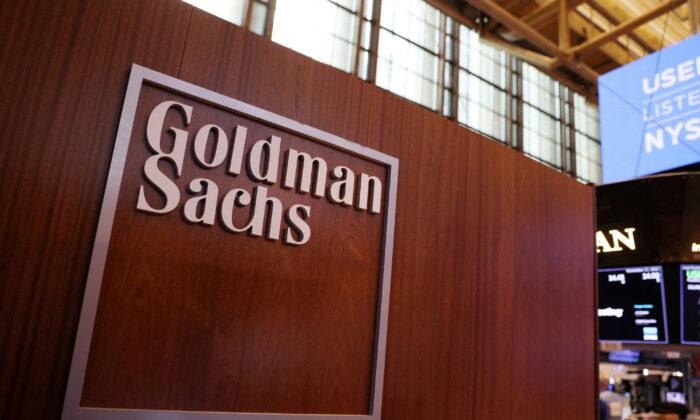Goldman Sachs economists believe the chances of the economy entering a recession in the next two years are still low, even as the investment bank’s equity team has just released a recession manual for its clients on how to prepare for a downturn.
“A recession is not inevitable, but clients constantly ask what to expect from equities in the event of a recession,” chief U.S. equity strategist David Kostin wrote in a note to clients on May 19. “Our economists estimate a 35% probability that the U.S. economy will enter a recession during the next two years and believe the yield curve is pricing a similar likelihood of a contraction.”
Kostin pointed out that the latest rotations in the U.S. equity market suggest that traders are pricing growing odds of a recession that doesn’t mirror “the strength of recent economic data.” The research note cited that the dividend futures market suggests that S&P 500 dividends will drop by close to 5 percent in 2023.
“During the last 60 years, S&P 500 dividends have not declined outside of a recession,” Kostin stated.
Index
Across the 12 recessions the United States has weathered since World War II, the index has declined from peak to trough by a median of 24 percent, according to Goldman Sachs.A decline of this magnitude would send the S&P 500 to approximately 3,650, the bank’s strategists wrote.
Earnings
Since 1948, the median decline in S&P 500 earnings from peak to trough during recessions has been 13 percent. Four quarters after bottoming out, earnings per share have recovered by a median of 17 percent, according to Goldman Sachs.Valuation
For the last 40 years, the S&P 500 forward price-earnings (P/E) ratio peaked eight months before a recession and tumbled 15 percent between the pre-recession peak and the start of the economic downturn.The forward P/E ratio represents the company’s valuation relative to its future earnings. This allows investors to identify which stocks are overvalued or undervalued in comparison to their peers.
Sectors
Defensive sectors and ‘quality’ factors have historically outperformed during the year preceding a recession, according to Goldman analysts.Views on Recession
In recent weeks, Goldman Sachs has presented many takes regarding a possible recession.The bank says that the odds of a recession within two years is 35 percent, but two straight quarters of a GDP contraction is not its base case.
“You have to think about the fact that there’s a reasonable chance at some point that we have a recession or we have very, very slow, sluggish growth,” Solomon said.
Solomon estimated that there’s a 30 percent chance of a recession in the next 12 to 24 months.
Soon after Russia’s invasion of Ukraine, Goldman Sachs downgraded its growth outlook for the United States and Europe, warning that the military conflict could send both economies into a recession.
“This forecast implies below potential growth in 2022 Q1 and 2022 Q2 and potential growth for 2022 overall,” Jan Hatzius, Goldman’s chief economist, wrote in March. “And we now see the risk that the U.S. enters a recession during the next year as broadly in line with the 20% to 35% odds currently implied by models based on the slope of the yield curve.”
Although an economic slump is “not baked in the cake” and there is a “narrow path” to avert one, he recommended that companies and consumers be “prepared for it.”
Overall, Goldman is penciling in a U.S. GDP growth rate of 2.4 percent in 2022, down from its previous 2.6 percent forecast. It also trimmed its 2023 estimate from 2.2 percent to 1.6 percent.
Over the last month, other financial institutions have put forward different recession odds.
Morgan Stanley says there’s a 27 percent chance of a recession by 2023. Wells Fargo’s head of macro strategy, Michael Schumacher, says the odds of a recession by 2023 are 50 percent. Merk Research prognosticated a 1-in-3 chance. Deutsche Bank predicts “a major recession” next year.





